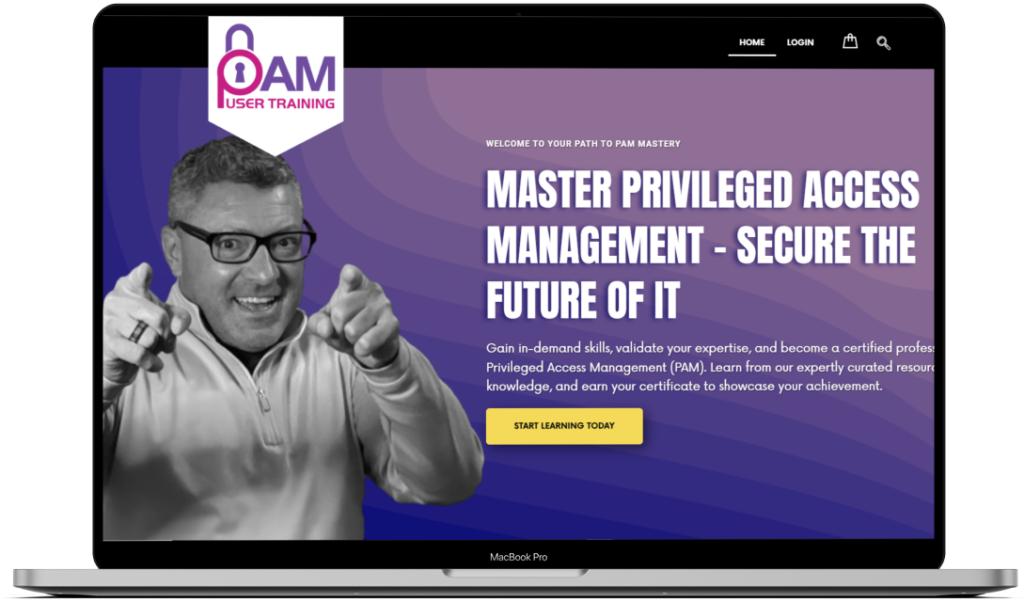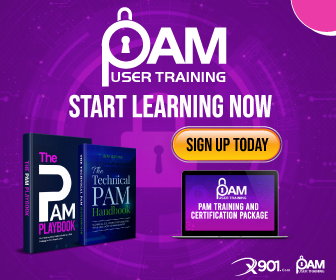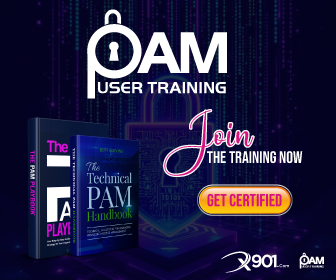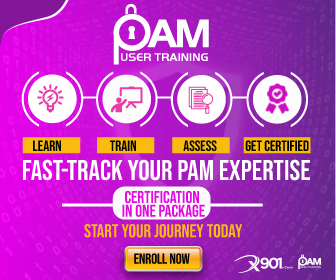Privileged Access Management (PAM) Compliance in IT Security
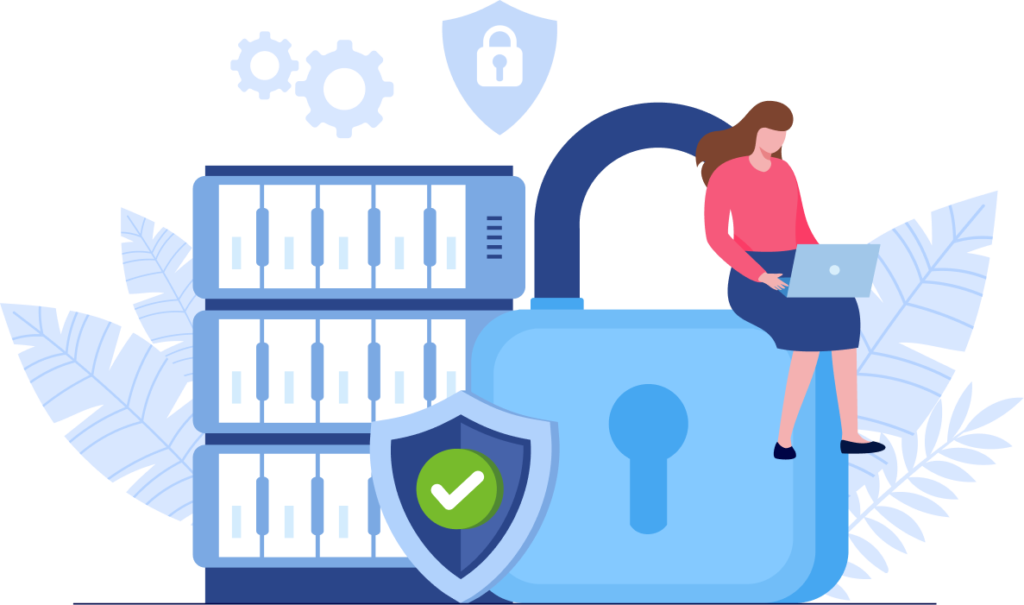
YouTube
Just in Time Permissions Explained #Delinea #PAM #CyberSecurity

What is Privileged Access Management (PAM)?
Importance of PAM Compliance

Mitigating Security Risks:
Privileged accounts are prime targets for cyber attackers. PAM compliance helps mitigate the risk of internal and external threats by ensuring that only authorized users have access to critical systems.

Regulatory Compliance:
Various regulatory frameworks mandate strict control over privileged access. Non-compliance can result in hefty fines, legal repercussions, and reputational damage.

Operational
Efficiency:
By implementing PAM, organizations can streamline access management processes, reducing the administrative burden and enhancing overall operational efficiency.

Audit and Accountability:
PAM solutions provide detailed audit trails, enabling organizations to track and review privileged access activities. This transparency is crucial for forensic investigations and accountability.

Regulatory Requirements for PAM
Use Multi-Factor Authentication (MFA):
Strengthen the security of privileged accounts by requiring multiple forms of authentication.
Continuous Monitoring and Auditing:
Implement real-time monitoring and auditing of privileged access activities to detect and respond to suspicious behavior promptly.
Segregation of Duties:
Divide responsibilities among multiple users to prevent a single individual from having excessive control over critical systems.
Automated Password Management:
Use automated tools to manage, rotate, and secure passwords for privileged accounts, reducing the risk of password-related breaches.
Session Monitoring and Recording:
Monitor and record privileged sessions to provide a detailed audit trail and support forensic investigations.
Regularly Update and Patch Systems:
Ensure that all systems, applications, and PAM solutions are up to date with the latest security patches.
Challenges in Implementing PAM
- Complexity of IT Environments: Modern IT environments are often complex and dynamic, making it challenging to manage and secure privileged access across various systems and platforms.
- User Resistance: Users may resist PAM implementations due to perceived inconvenience or disruption to their workflows. Effective communication and training are essential to address these concerns.
- Resource Constraints: Implementing and maintaining a robust PAM solution requires significant investment in terms of time, money, and personnel.
- Evolving Threat Landscape: Cyber threats are constantly evolving, requiring organizations to continuously update and adapt their PAM strategies to stay ahead of attackers.
- Integration with Existing Systems: Integrating PAM solutions with existing IT infrastructure can be complex and may require significant customization.
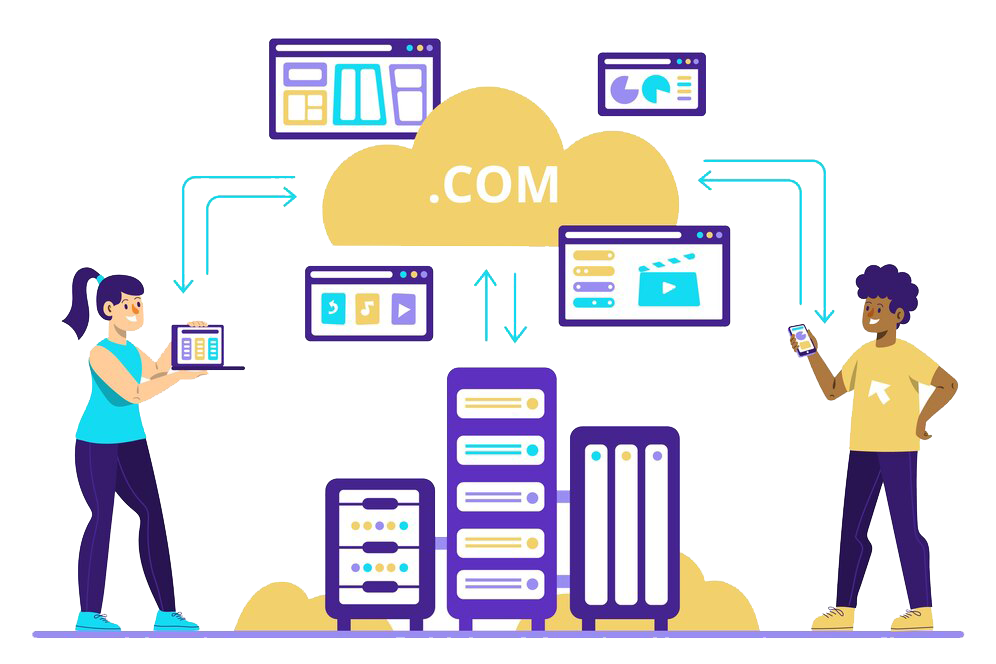
Conclusion
YouTube
OATH OTP MFA Explained: Easy Setup Guide for Stronger Security
Managing Privileged Access in Remote Work Environments

1. Embrace Zero Trust Principles:
In a remote work environment, traditional perimeter-based security models are no longer sufficient. Adopting a Zero Trust approach, which assumes that all users and devices are potentially compromised, is critical. Implementing strict access controls based on user identity, device posture, and other contextual factors helps mitigate the risk of unauthorized access to sensitive resources.
2. Implement Multi-Factor Authentication (MFA):
Multi-factor authentication (MFA) adds an extra layer of security by requiring users to provide multiple forms of verification before granting access. By implementing MFA for privileged accounts, organizations can significantly reduce the risk of unauthorized access, even in the event of compromised credentials.
3. Utilize Just-In-Time Privileged Access:
Just-In-Time (JIT) access provisioning allows organizations to grant temporary, time-bound access to privileged accounts only when needed. This minimizes the exposure of sensitive resources and reduces the risk of unauthorized access. Leveraging JIT access helps organizations maintain tight control over privileged accounts in remote work environments.
4. Monitor and Audit Privileged Access Activities:
Continuous monitoring and auditing of privileged access activities are essential for detecting and responding to suspicious behavior in remote work environments. By implementing robust logging mechanisms and real-time monitoring tools, organizations can identify potential security incidents and maintain compliance with regulatory requirements.
5. Educate and Train Remote Employees:
Remote employees play a crucial role in maintaining the security of privileged access. Providing comprehensive training and education on security best practices, including the importance of safeguarding privileged credentials and recognizing phishing attempts, helps empower employees to act as the first line of defense against cyber threats.
Conclusion

Vendor Risk Management
Conduct Comprehensive Vendor Risk Assessments:
Before engaging with a vendor, conduct thorough risk assessments to evaluate their security practices and assess potential risks to your organization. Consider factors such as the vendor's access to sensitive data, security controls, compliance with industry standards, and incident response capabilities. By understanding the risks associated with each vendor, organizations can make informed decisions and implement appropriate controls to mitigate potential threats.
Define Clear Access Control Policies:
Establish clear access control policies that govern vendor access to privileged resources. Define roles and permissions based on the principle of least privilege, ensuring that vendors only have access to the resources necessary to perform their duties. Implement strict authentication mechanisms, such as multi-factor authentication (MFA), to verify the identity of vendor users and prevent unauthorized access.
Monitor and Audit Vendor Access Activities:
Implement robust monitoring and auditing mechanisms to track vendor access activities in real-time. Monitor privileged sessions, log access attempts, and analyze user behavior to detect any anomalies or suspicious activities. By continuously monitoring vendor access, organizations can identify potential security incidents and respond promptly to mitigate risks.
Require Compliance with Security Standards:
Require vendors to adhere to stringent security standards and compliance requirements as a condition of doing business. Ensure that vendors comply with relevant regulations, such as GDPR, HIPAA, PCI DSS, and industry-specific standards. Conduct regular audits and assessments to verify compliance with security policies and contractual obligations.
Establish Clear Communication Channels:
Maintain open and transparent communication with vendors regarding security expectations, policies, and incident response procedures. Clearly define reporting channels for security incidents and ensure that vendors promptly notify your organization of any potential breaches or security incidents. Establish a collaborative partnership based on trust and accountability to effectively manage vendor access risks.


